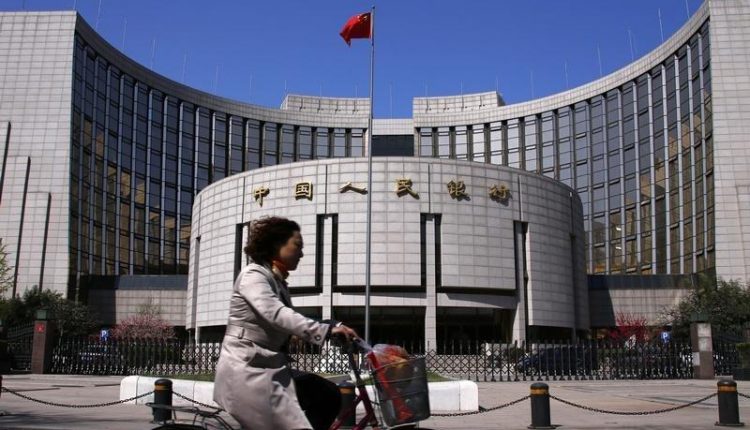China makes unexpected short-term funding rate cut, the first since 2015
China’s central bank on Monday unexpectedly trimmed a closely watched lending rate, the first such cut it made in more than four years. The move gives a signal to markets that policymakers are ready to act to prop up slowing growth.
The People’s Bank of China (PBOC) said on its website that it was cutting the seven-day reverse repurchase rate to 2.50 percent from 2.55 percent.
The cut cheered China’s bond market and comes just two weeks after the PBOC trimmed the borrowing cost on its medium-term lending facility (MLF), used by banks for longer-dated funding needs, by the same margin.
Both cuts raise the likelihood that the PBOC would trim its new benchmark loan prime rate (LPR), off of which many lenders base their mortgage rates, this week an effort to free up funds to credit-starved parts of the economy.
Analysts said the unexpected cut on Monday also shows the central bank is keen to ease investor worries that higher retail inflation would prevent it from delivering fresh stimulus.
Zhou Hao, economist at Commerzbank in Singapore said the reverse repo rate cut signals a policy change in coming months, including “some fine-tuning to prioritise the pro-growth policy for the time being.”
Growth in the world’s second-largest economy has eased to its slowest in almost three decades and recent data such as credit growth and industrial output have continued to show a cooling economy.
Driven by soaring pork prices due to the spread of African Swine Fever, China’s consumer inflation surged past the government’s target of around 3 percent in October to its fastest pace in almost eight years.
That had raised some concerns the central bank may be constrained in its efforts to ease policy. In a report released on Saturday, the PBOC said it would maintain prudent monetary policy to prevent inflation from spreading.
However, market participants believe the two recent market rate cuts suggest a similar adjustment in the LPR this week.
Yan Se, chief economist at Founder Securities in Beijing, said the reverse repo rate cut showed authorities were open to using open market operations, typically used to meet the financial system’s daily funding needs, to stimulate longer term growth in the real economy.
“Commercial banks comprehensively evaluate financing costs to decide the LPR, so lowering reverse repo rates could maintain monetary policy stability,” Yan said.
“Against the backdrop of such a situation, a five basis point reduction in LPR is a high probability event.” A cut to banks’ reserve requirement ratio (RRR) is also possible, he added.
Similarly, Commerzbank’s Zhou is expecting a targeted RRR cut before the end of this year.
The PBOC announce its monthly LPR fixing on Wednesday. The rate on the one-year fixing currently stands at 4.2 percent while the five-year is at 4.85 percent.
Monday’s repo rate cut bolstered the bond market, with China’s benchmark 10-year treasury futures for December delivery gaining more than 0.4 percent in the morning session.
Julian Evans-Pritchard, senior China economist at Capital Economics, said Monday’s reverse repo rate cut is a step to lowering marginal funding costs for banks, which depend heavily on repos as a source of short-term liquidity.
“With economic growth still slowing and unlikely to bottom out in the near-term, we think the PBOC will take further steps to shore up lending, which has weakened recently,” he said in a note, anticipating another 70-basis-point cut to the seven-day reverse repo rate by the middle of next year.
The PBOC had skipped reverse repo operations for 15 straight trading days before its injection of 180 billion yuan ($25.74 billion) into the interbank market on Monday.
Source: Reuters


